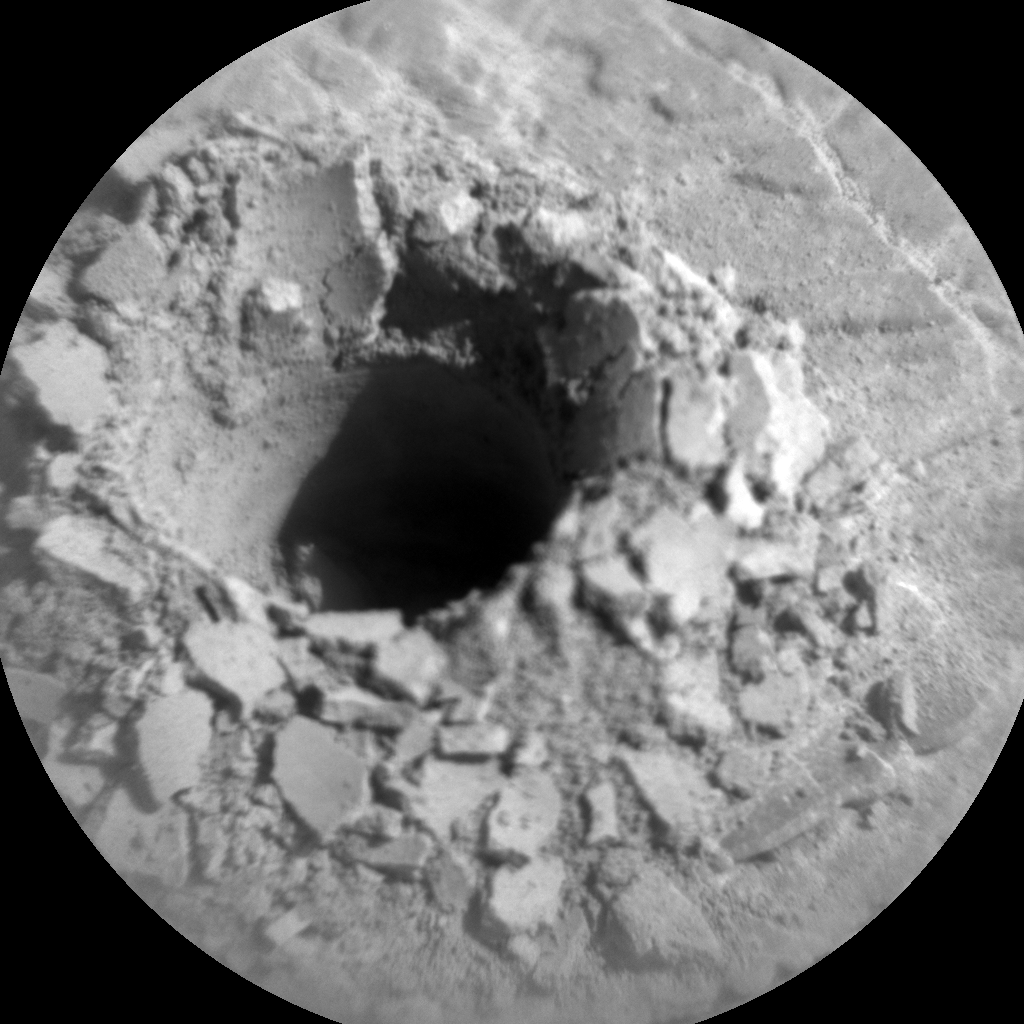3 min read

It's the end of another week on Mars, and today we put together a 3 sol weekend plan for Curiosity. Given the RSM-related issues that we incurred this past week, we are still being cautious, but the diagnostic testing that ran in the last plan was successful.
To exercise that caution, we began planning this morning with a little shuffle of science blocks to ensure that any observations that have the RSM pointing above the horizon are run prior to last the satellite communications pass that will transmit data to the team in time for planning on Monday morning.
Our plan begins with a hefty two hour science block on the first sol that features both a Mastcam tau and crater rim extinction observation to measure the amount of dust and clouds in the atmosphere. The Mastcam images are then followed by two alternating ChemCam LIBS and RMI observations of bedrock and crushed rock (targets "Glen Affric" and "Grey Corries," respectively). The science block wraps up with some Mastcam images of the drill target "Glen Etive," and change detection imaging on the target "Dundee," which captures how various regolith grains move over time and can even be used as a method for measuring wind speed.
Later in the first sol, there is a drill sample drop off to CheMin followed by an overnight CheMin analysis. During this analysis the instrument transmits a beam of X-rays through one side of the vibrating sample cell and captures an X-ray diffraction pattern on a detector on the other side, and that resulting pattern can be used to determine the types and abundances of minerals in the sample.After the CheMin analysis, Curiosity wakes up the next morning on Sol 2493 to execute the weekly suite of morning observations requested by the Environmental Science theme group. This 37 minute block consists of another set of Mastcam tau and crater rim extinction observations, as well as Navcam zenith and supra-horizon cloud movies which search for clouds directly above the rover and the horizon. These are followed by a Navcam line of sight observation which looks at the crater rim to measure dust opacity, and then a Navcam 360° Phase Function Sky Survey, which tries to capture as much of the sky at once as possible, in order to tell us more about how Martian water ice clouds scatter light and the geometries of the ice crystals within them.
Curiosity largely takes the rest of the plan to recharge and take regular environmental observations with REMS and DAN, with the exception of a 10 minute science block on sol 2494 for some Mastcam imaging of potential iron meteorite targets "Isle Martin" and "Monach Isles."
Written by Brittney Cooper, Atmospheric Scientist at York University







